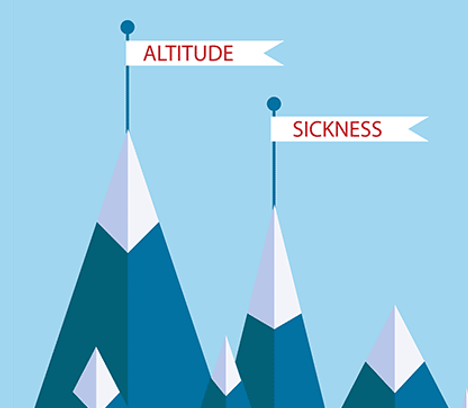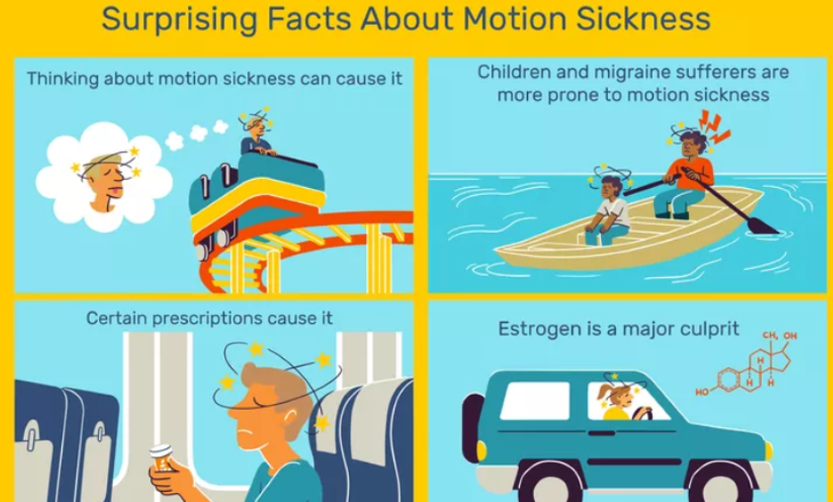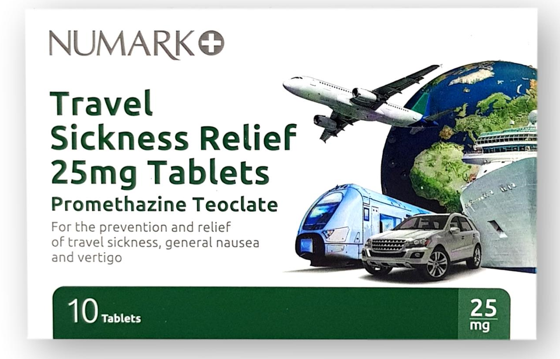Altitude, Travel and Sea Sickness
If travelling anything above 2,500 metres (i.e. when going hiking), most people will experience symptoms of altitude sickness such as breathlessness, difficulty sleeping and a dry cough and usually disappear when the body has got used to the reduction in oxygen.
Acute Mountain Sickness (AMS) is a more serious condition and occurs when reaching an altitude of above 3,000 metres. Symptoms include headache, nausea, dizziness. and loss of appetite. As part of building a first-aid kit, advise your customers to include paracetamol and ibuprofen to help relieve headaches and an anti-emetic e.g., promethazine for nausea.
To read further on altitude sickness, visit the NHS UK Altitude Sickness website.
Sea Sickness
Sea sickness is a form of motion sickness characterised by a feeling of nausea and, in extreme cases, vertigo experienced after spending time on a boat. It is essentially the same as car sickness, though the motion of a watercraft tends to be more regular.
There is a lot of preventative advice you can give your customers to reduce sea sickness including:
- Lying down
- Shutting your eyes
- Sleeping
- Looking at the horizon
- Stay hydrated by drinking water
- Limit alcoholic and caffeinated beverages
- Eat small amounts of food frequently
Of course if this does not work the customer may want an anti-emetic and there are many available including Numark travel Sickness Relief which can be used for the relief of travel sickness, sea sickness, general nausea and vertigo symptoms.



